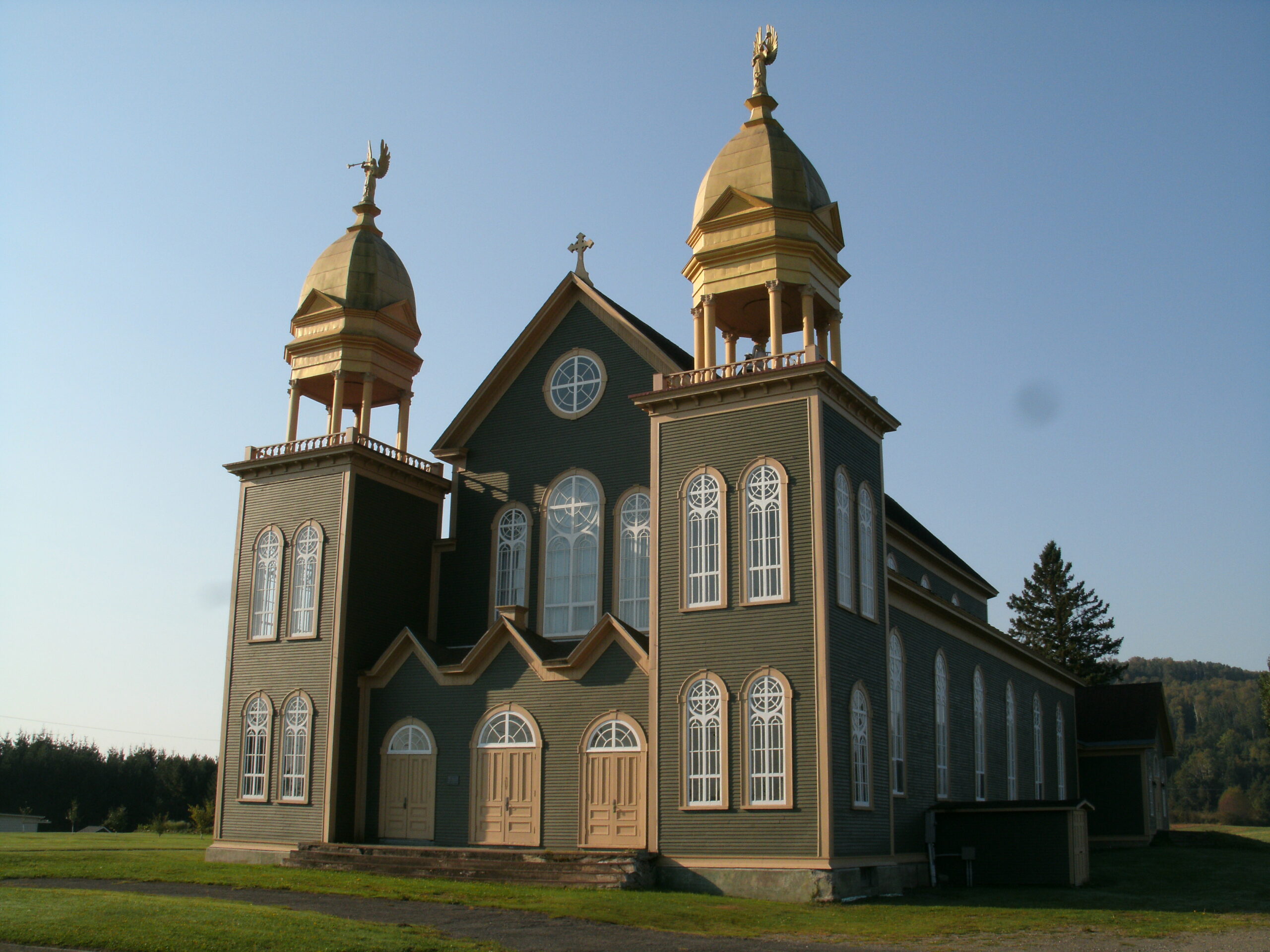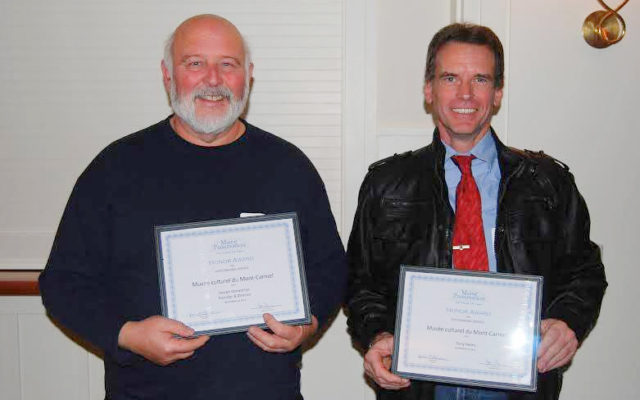LIMESTONE, Maine — MSSM art instructor J. Donald Cyr spends a few nights a week teaching art and art history, and spends much of his day restoring the Musée culturel du Mont-Carmel in Lille.
The church was built in 1908-09 and is the third church in the parish; the parish dates back to 1840. The Bishop of Portland donated the building back in 1983 and a non-profit was formed. The organization that oversees the restoration is called the Association culturelle et historique du Mont-Carmel.
Cyr has been there since 1978 and still works on it with help from a friend of 20 years, Terry Helms, and employees from Mr. Helms’ historic preservation company.
Starting around 1983, restorers began removing some of the modernities of the church to return it to its original glory. To date, they have raised over $4 million in grants and matched funds, along with incalculable donated labor. Restoration started with the exterior and has continued with plumbing, rewiring, new conduit, a new roof and foundation work.
The original angels adorning the church were duplicated and are now in storage. They will be restored after everything else is complete, due to the amount of money it will take, according to Cyr.
Each year on July 16, the church celebrates the Feast of Notre Dame du Mont Carmel. The building is oriented so the rising sun illuminates the patron saint of the church for about 10 minutes.
Cyr has been at the Maine School of Science and Mathematics since 2005, teaching mostly art, but some of his classes count for history credits as well. He was born in Edmundston, New Brunswick, and grew up in Presque Isle. He attended college in the University of Maine system where he earned a BS in history, a BA in art, and a BA in English. He has a master’s in history and has completed the courses for a Ph.D. in American history with majors in material culture, Canadian-American studies and art history.
In an effort to use original materials, Cyr contacted state museums and was then directed to the Canadian Conservation Institute, leaders in the world on wood and plaster. The institute just completed a compendium on adhesives and the chemical analysis, which includes information on what is used to glue various materials together and, more importantly, the antidote to undo it. It is very important for them to make their own glue and not use commercial products.
Cyr said the goal of the association was to have restorations completed by 2010, the 100th anniversary of the church, but work continues.
When asked about an expected completion date Mr. Cyr said, “I have projects for the rest of my life.”
- J. Donald Cyr, left, art instructor at the Maine School of Science and Mathematics in Limestone, and Terry Helms are shown in 2014 with their Maine Preservation Honor Awards for Outstanding Service, which they received in recognition of their extensive restoration work on the Musee culturel du Mont-Carmel in Lille. (Courtesy of Maine School of Science and Mathematics)









